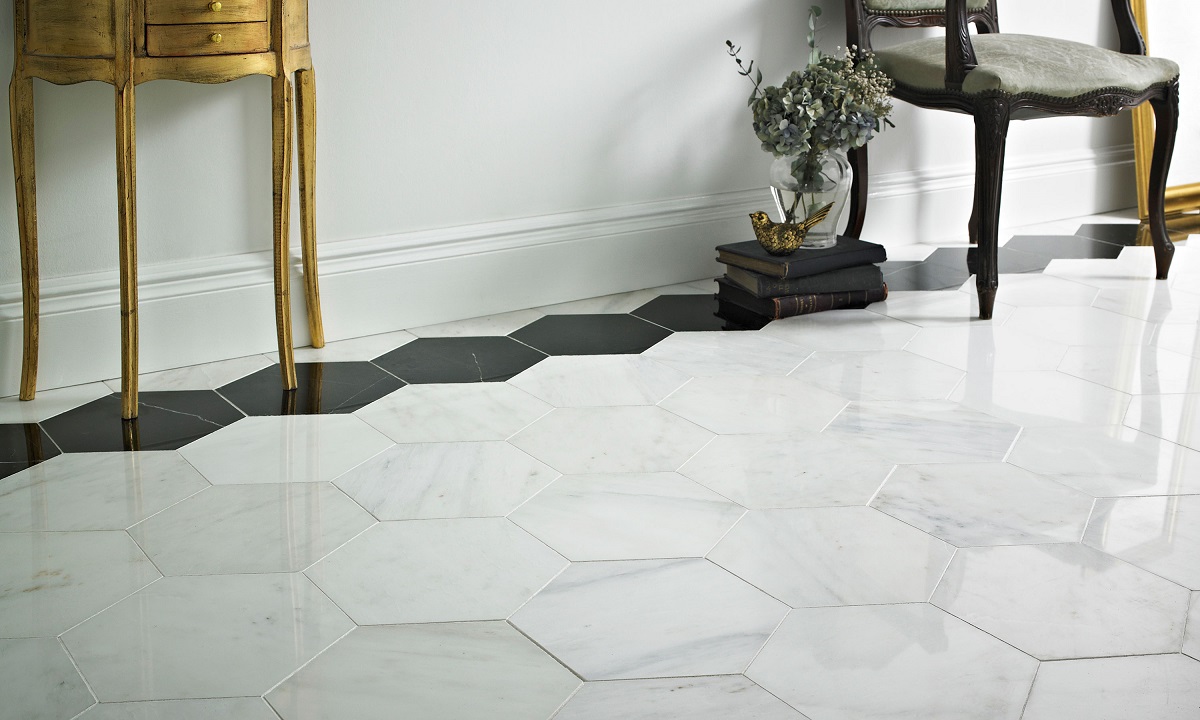

Articles
How To Make A Tile Floor Less Slippery
Modified: January 9, 2024
Discover effective methods to reduce slipperiness on tile floors with these informative articles. Enhance safety and prevent accidents in your home.
(Many of the links in this article redirect to a specific reviewed product. Your purchase of these products through affiliate links helps to generate commission for Storables.com, at no extra cost. Learn more)
Introduction
A slippery tile floor can be a serious safety hazard, leading to slips, trips, and falls that can cause injuries. Whether it’s in your bathroom, kitchen, or any other area of your home or office, it’s important to take steps to reduce the risk of accidents on your tile floor. Fortunately, there are several effective strategies you can employ to make your tile floor less slippery and create a safer environment for everyone.
Understanding the causes of slippery tile floors is key to finding the right solution. Several factors can contribute to a tile floor becoming slippery. One such factor is the type of tile used. Some tile materials, such as glazed ceramic or porcelain, can be naturally more slippery compared to others. The smooth surface of these tiles can become even more hazardous when wet, making it essential to implement preventative measures.
Another common cause of slippery tile floors is the presence of soap residue, grease, or other substances that can create a slick surface. These substances can be particularly problematic in areas like bathrooms and kitchens where water, oils, and other liquids are regularly used. Regular cleaning and maintenance can help prevent the buildup of these substances and improve the traction of your tile floor.
Assessing the slip resistance of your tile is an important step in making it less slippery. The level of slip resistance can vary depending on the tile type and its surface texture. Manufacturers often provide slip resistance ratings for their products to help consumers make more informed decisions. Performing a slip resistance test or consulting with a flooring professional can further help you evaluate the safety of your tile floor.
In this article, we will explore various methods to make your tile floor less slippery and minimize the risk of accidents. By following these steps, you can create a safer environment for yourself, your family, and your guests.
Key Takeaways:
- Prioritize safety by understanding the causes of slippery tile floors, assessing slip resistance, and implementing preventive measures such as regular cleaning and anti-slip treatments.
- Create a safer environment by using non-slip mats, choosing slip-resistant footwear, and maintaining a regular maintenance routine to minimize the risks associated with slippery tile floors.
Read more: How To Make Outdoor Tile Less Slippery
Understanding the Causes of Slippery Tile Floors
Slippery tile floors can pose a significant safety risk, especially in areas where moisture is present such as bathrooms, kitchens, and entryways. Understanding the causes of slipperiness on tile floors is the first step in addressing the issue and implementing effective solutions.
The type of tile used plays a crucial role in determining how slippery the floor will be. Some tile materials, such as glazed ceramic or porcelain, have a smooth and shiny surface, which may be more prone to becoming slippery, especially when wet. On the other hand, natural stone tiles, such as travertine or slate, often have a rougher texture, providing more traction and reducing the risk of slips.
In addition to the tile material, the finish applied to the surface can also impact its slipperiness. Tiles with a high-gloss finish tend to be more slippery compared to those with a matte or textured finish.
Another factor that contributes to slippery tile floors is the presence of contaminants on the surface. Soap residue, oils, grease, and even dust can create a slick surface, making it easy to lose traction and causing a potential slip hazard. In areas like bathrooms and kitchens, where water and various substances are regularly used, it is essential to keep the floor clean and free from residue to maintain its slip resistance.
Furthermore, environmental conditions can also affect the slipperiness of a tile floor. Humid environments or areas prone to moisture buildup can make the floor more slippery, even if the surface itself has a reasonable level of traction. Taking steps to control humidity levels or using protective measures like mats or rugs in areas prone to wetness can help prevent accidents.
It is also important to note that the smoothness or slipperiness of a tile floor can vary depending on how it is installed. Improper installation, such as using an incorrect adhesive or failing to level the subfloor, can result in uneven tile surfaces or gaps between tiles. These irregularities can increase the risk of slips and trips, as well as impede the effectiveness of any slip-resistant treatments applied to the floor.
By understanding the underlying causes of slippery tile floors, you can better address the issue and choose the most suitable methods to improve traction and reduce the risk of accidents. In the next sections, we will explore different strategies and techniques to make your tile floor less slippery and create a safer environment for everyone.
Assessing the Slip Resistance of Your Tile
When it comes to making your tile floor less slippery, it is important to assess its slip resistance. The slip resistance of a tile surface is determined by various factors, including the tile material, surface texture, and any additional treatments or finishes applied. Here are some ways to evaluate the slip resistance of your tile:
1. Manufacturer’s Information: Start by checking the manufacturer’s information or product specifications for any slip resistance ratings provided. Many tile manufacturers test their products for slip resistance using industry-standard methods and provide ratings to help consumers make informed choices. Look for tiles that have been specifically designed with slip resistance in mind.
2. Slip Resistance Testing: If you want a more accurate assessment of your tile’s slip resistance, you can consider performing slip resistance testing. There are various devices and methods available to measure the coefficient of friction (COF) on a tile surface, which indicates its slip resistance. These devices are often used by professional flooring experts and can provide a quantitative measure of slip resistance.
3. Professional Consultation: If you’re uncertain about how to assess the slip resistance of your tile or want expert advice, consider consulting with a flooring professional. They can assess the condition of your tile floor, evaluate its slip resistance, and provide recommendations tailored to your specific needs. They may also suggest suitable solutions to improve the slip resistance of your tile floor.
4. Visual Evaluation: While not as accurate as slip resistance testing, a visual evaluation can still provide some insights. Examine the surface texture of your tiles. Generally, tiles with a rough or textured surface provide better slip resistance compared to those with a smooth and glossy finish. Additionally, look for any signs of wear, damage, or unevenness that may affect the slip resistance.
By assessing the slip resistance of your tile floor, you can determine the level of risk and take appropriate measures to make it less slippery. Remember, prevention is key, and addressing slip resistance concerns early on can help minimize the chances of accidents and injuries.
Cleaning Your Tile Floor to Improve Traction
A clean tile floor not only enhances the aesthetic appeal of your space but also improves traction and reduces the risk of slips and falls. Regular cleaning and maintenance are essential for maintaining a safe and slip-free tile floor. Here are some tips to effectively clean your tile floor and improve traction:
1. Sweep or Vacuum Regularly: Start by removing any loose dirt, dust, or debris from the surface of the tile floor. Use a broom or vacuum cleaner with a soft brush attachment to prevent scratching the tiles. Regular sweeping or vacuuming helps prevent the accumulation of dirt and grit, which can make the surface slippery.
2. Mop with Warm Water and Mild Detergent: After sweeping or vacuuming, mop your tile floor using a mixture of warm water and a mild detergent. Avoid using harsh chemicals or abrasive cleaners, as they can damage the tile surface and strip away any protective coatings. Use a mop with a microfiber or soft cloth head to effectively clean the tiles without leaving streaks.
3. Pay Attention to Grout Lines: Grout lines can accumulate dirt, grime, and residue over time, making them prone to becoming slippery. Use a small brush or an old toothbrush to scrub the grout lines gently. You can also make a paste using baking soda and water to help remove stubborn dirt or stains from the grout. Rinse the grout lines thoroughly after cleaning.
4. Use Non-Slip Floor Cleaning Products: There are specialized non-slip floor cleaning products available in the market that can help improve traction on your tile floor. These products contain additives that leave a thin, invisible film on the surface, providing better grip. Follow the manufacturer’s instructions carefully while using these products, and test a small, inconspicuous area before applying them to the entire floor.
5. Dry the Floor Thoroughly: After mopping the tile floor, ensure that it is thoroughly dried to prevent any remaining moisture from making the surface slippery. Use a dry mop or towel to absorb any excess water and ensure the floor is completely dry before allowing foot traffic. Open windows or use fans to facilitate faster drying, especially in areas with high humidity.
6. Consider Using Steam Cleaners: Steam cleaners can be an effective cleaning option for tile floors, as they use hot steam to loosen dirt and grime while sanitizing the surface. However, it’s important to check whether your specific type of tile is suitable for steam cleaning, as some delicate or porous tiles may not withstand the high heat and moisture.
Regular cleaning not only improves the traction of your tile floor but also helps maintain its appearance and longevity. By keeping your tile floor clean and free from debris, you can create a safer environment for walking and reduce the risk of slips and falls.
Applying Anti-Slip Treatments
If you have a slippery tile floor that needs additional traction, applying anti-slip treatments can be an effective solution. These treatments are designed to increase the coefficient of friction on the tile surface, making it less slippery and safer to walk on. Here are some common anti-slip treatments you can consider:
1. Non-Slip Coatings: Non-slip coatings are liquid solutions that can be applied to the surface of the tiles. These coatings create a thin layer that enhances traction and provides a more slip-resistant surface. Non-slip coatings are available in various formulas, including epoxy, polyurethane, and acrylic. Choose a coating that is specifically designed for tile surfaces and follow the manufacturer’s instructions for application.
2. Anti-Slip Sealers: Similar to non-slip coatings, anti-slip sealers create a protective layer on the tile surface to improve traction. These sealers contain additives that create a textured surface, enhancing the slip resistance. They are generally applied after cleaning the tiles to ensure a clean and dry surface. It’s important to choose a sealer that is suitable for your specific type of tile and follow the instructions for proper application.
3. Anti-Slip Mats or Tapes: Anti-slip mats or tapes can be used in areas where slips are more likely to occur, such as entryways or bathrooms. These mats or tapes have a textured surface that provides better grip and reduces the chances of slipping. They can be easily placed on the tile floor and can be removed or replaced as needed. Look for products that are specifically designed for use on tile surfaces, ensuring they won’t cause any damage or leave adhesive residue.
4. Non-Slip Rug Pads: If you have area rugs placed on your tile floor, using non-slip rug pads underneath can provide added traction. These pads help prevent the rugs from sliding or bunching up, reducing the risk of trips and falls. Look for rug pads that are suitable for use on tile surfaces and ensure they are appropriately sized for your rugs.
5. Traction-Increasing Products: There are various traction-increasing products available on the market that can be applied to the tile floor to enhance slip resistance. These products typically come in the form of sprays, powders, or treatments that are specifically designed to improve traction on smooth surfaces. Read and follow the instructions provided by the manufacturer to ensure effective application.
Remember to test any anti-slip treatments or products on a small, inconspicuous area of your tile floor before applying them to the entire surface. This will help you assess their effectiveness and ensure they don’t cause any damage or discoloration to the tiles. Proper maintenance and reapplication of these treatments may be necessary over time to maintain their slip-resistant properties.
By applying anti-slip treatments, you can significantly reduce the slipperiness of your tile floor and create a safer environment for yourself and others.
To make a tile floor less slippery, consider applying an anti-slip treatment or using non-slip rugs or mats in high-traffic areas. Additionally, regularly cleaning the floor to remove any built-up residue can also help improve traction.
Read more: How To Make Outdoor Steps Less Slippery
Using Non-Slip Mats or Rugs
Non-slip mats or rugs are a practical and affordable solution to improve traction on your tile floor. These mats or rugs have a textured backing that grips the tile surface, reducing the risk of slips and falls. Here’s how you can effectively use non-slip mats or rugs:
1. Choose the Right Type: When selecting non-slip mats or rugs, look for options specifically designed for use on tile surfaces. These products are usually made with materials that provide excellent grip and prevent movement. Avoid using mats or rugs with smooth backings, as they may not adhere well to the tile floor and can still pose a slipping hazard.
2. Determine Placement: Identify the areas on your tile floor that are more prone to slips, such as entryways, bathroom floors, or kitchen areas. These are the areas where using non-slip mats or rugs can be most beneficial. Place the mats or rugs strategically in these locations to provide an extra layer of slip resistance where it is needed the most.
3. Size and Coverage: Ensure that the non-slip mats or rugs adequately cover the area where foot traffic occurs. Mats or rugs that are too small or do not provide full coverage may not be as effective in preventing slips. Measure the space accurately and select mats or rugs that fit properly to ensure maximum coverage and safety.
4. Secure the Mats or Rugs: To ensure that the non-slip mats or rugs stay in place, use double-sided carpet tape or rug grippers underneath. These adhesive products will prevent the mats or rugs from sliding or shifting when walked on, improving their effectiveness in preventing slips. Make sure to follow the instructions provided with the adhesive products and test them on a small area of the tile floor first to ensure they won’t cause any damage.
5. Regular Maintenance: Clean the non-slip mats or rugs regularly to maintain their effectiveness. Vacuum or shake off any loose dirt or debris, and follow the manufacturer’s instructions for cleaning. Some mats or rugs may be machine washable, while others may require hand washing or spot cleaning. Keeping them clean will help ensure optimal traction and longevity.
Non-slip mats or rugs offer a simple yet effective way to improve the slip resistance of your tile floor. By strategically placing these mats or rugs in areas where slips are more likely to occur and properly securing them, you can significantly reduce the risk of accidents and create a safer environment for yourself, your family, and your guests.
Choosing Slip-Resistant Footwear
One of the most important factors in preventing slips on a tile floor is the type of footwear you choose to wear. Wearing slip-resistant footwear can greatly reduce the risk of accidents, especially when walking on slippery surfaces. Here are some tips for choosing slip-resistant footwear:
1. Look for Non-Slip Soles: When shopping for footwear, pay attention to the sole of the shoe. Look for shoes that have a non-slip or anti-slip sole design. These soles are usually made of rubber or other materials that provide excellent traction on smooth surfaces, including tile floors. The tread pattern should have deep grooves or channels to help displace water and increase grip.
2. Consider Outsole Material: The material used in the outsole of the footwear can also impact its slip resistance. Typically, rubber or rubber compounds are excellent choices as they offer better grip and traction. Avoid shoes with hard plastic soles, as they tend to be more slippery on smooth surfaces.
3. Check for ASTM F2413-11 Certification: Look for footwear with the ASTM F2413-11 certification. This certification ensures that the shoes meet specific safety standards, including slip resistance. The shoes are tested on various surfaces to assess their slip resistance performance and provide consumers with a reliable indicator of their safety features.
4. Consider the Shoe Profile: The profile or shape of the shoe can also impact its stability and slip resistance. Shoes with a low heel and a wider base provide better stability, making them less likely to slip or lose balance. Avoid footwear with high heels or narrow soles, as they can increase the risk of slips on a tile floor.
5. Proper Fit: Ensure that the footwear fits properly. Shoes that are too loose or too tight can affect your stability and make slips more likely. Look for shoes with a secure and comfortable fit that allows for proper foot movement but also keeps your feet firmly in place. Consider trying on the shoes and walking around to assess their comfort and stability.
6. Maintenance and Replacement: Regularly inspect your slip-resistant footwear for any signs of wear, damage, or tread erosion. Over time, the traction of the shoes may diminish due to regular use. Replace the footwear if the soles are worn down or if you notice a loss of grip. Properly maintaining and replacing your slip-resistant footwear ensures that you continue to benefit from their slip-resistant features.
Choosing the right slip-resistant footwear can significantly reduce the likelihood of slips and falls on a tile floor. By following these tips and selecting footwear specifically designed for slip resistance, you can enhance your safety and maintain a secure grip while walking on your tile floor.
Maintaining a Safe and Slip-Free Tile Floor
Once you have taken measures to make your tile floor less slippery, it’s important to maintain a regular maintenance routine to keep it safe and slip-free. Here are some tips for maintaining a safe and slip-free tile floor:
1. Clean Up Spills Promptly: Accidental spills happen, but it’s crucial to clean them up promptly to prevent any slippery situations. Whether it’s water, oil, or any other liquid, use a clean cloth or paper towel to wipe up the spill as soon as possible. Make sure to dry the area thoroughly to eliminate any residue that may cause slipping.
2. Use Mats at Entryways: Place heavy-duty mats or rugs with slip-resistant backings at entryways to capture excess moisture, dirt, and debris. This helps prevent them from being tracked onto the tile floor, reducing the risk of slips. Regularly clean and shake out these mats to maintain their effectiveness.
3. Regularly Sweep or Vacuum: Regular sweeping or vacuuming is essential to keep dirt, dust, and debris from accumulating on the surface of the tile floor. This reduces the chances of a slippery film forming on the surface. Use a soft-bristle broom or a vacuum cleaner with a brush attachment to avoid scratching the tiles.
4. Clean with Non-Slip Floor Cleaners: When cleaning your tile floor, use non-slip floor cleaners specifically formulated to improve traction. These cleaners can help remove grease, soap residue, and other substances that can make the floor slippery. Follow the manufacturer’s instructions for proper dilution and application.
5. Pay Attention to Grout Lines: The grout lines between the tiles can also contribute to slipperiness if dirt and grime build up. Regularly clean the grout lines using a mild solution of water and vinegar or a grout cleaner. A small brush or an old toothbrush can be used to scrub away any stubborn stains or dirt. Rinse the grout lines thoroughly to remove any cleaning residue.
6. Repair or Replace Damaged Tiles: Cracked, chipped, or uneven tiles can increase the risk of slips and trips. Inspect your tile floor regularly and address any damaged tiles promptly. Repair or replace them as necessary to maintain a smooth and safe surface.
7. Use Furniture Pads: Place furniture pads or felt pads on the bottom of chairs, tables, and other heavy furniture to prevent scratches and excessive rubbing on the tile floor. This helps minimize any potential damage to the tiles and reduces the risk of furniture causing slips or accidents.
8. Perform Regular Slip Resistance Checks: Regularly assess the slip resistance of your tile floor using slip resistance test kits or devices. This ensures that any applied treatments or the natural slip resistance of the tiles remains intact. If you notice a decrease in slip resistance, take appropriate measures to restore it.
By following these maintenance practices, you can maintain a safe and slip-free tile floor, reducing the risk of accidents and injuries for yourself, your family, and your visitors.
Conclusion
Making a tile floor less slippery is an essential step in creating a safe and accident-free environment. By understanding the causes of slippery tile floors and implementing preventive measures, you can significantly reduce the risk of slips, trips, and falls.
Assessing the slip resistance of your tile, regular cleaning and maintenance, and the application of anti-slip treatments are all effective methods to improve traction and enhance safety. Additionally, using non-slip mats or rugs and choosing slip-resistant footwear further contribute to preventing accidents on tile floors.
Maintaining a safe and slip-free tile floor requires regular vigilance and consistent maintenance practices. It is important to promptly clean up spills, regularly sweep or vacuum, and pay attention to the condition of grout lines and damaged tiles. By taking these preventive measures and maintaining a slip-free environment, you can minimize the risks associated with slippery tile floors.
Remember, prevention is key. Implementing these strategies not only reduces the likelihood of accidents but also creates peace of mind for yourself, your family, and your guests. Prioritizing safety when it comes to your tile floor is an investment in the well-being and happiness of everyone who walks through your space.
So, take the necessary steps to make your tile floor less slippery and enjoy a safe and secure environment for years to come.
Frequently Asked Questions about How To Make A Tile Floor Less Slippery
Was this page helpful?
At Storables.com, we guarantee accurate and reliable information. Our content, validated by Expert Board Contributors, is crafted following stringent Editorial Policies. We're committed to providing you with well-researched, expert-backed insights for all your informational needs.
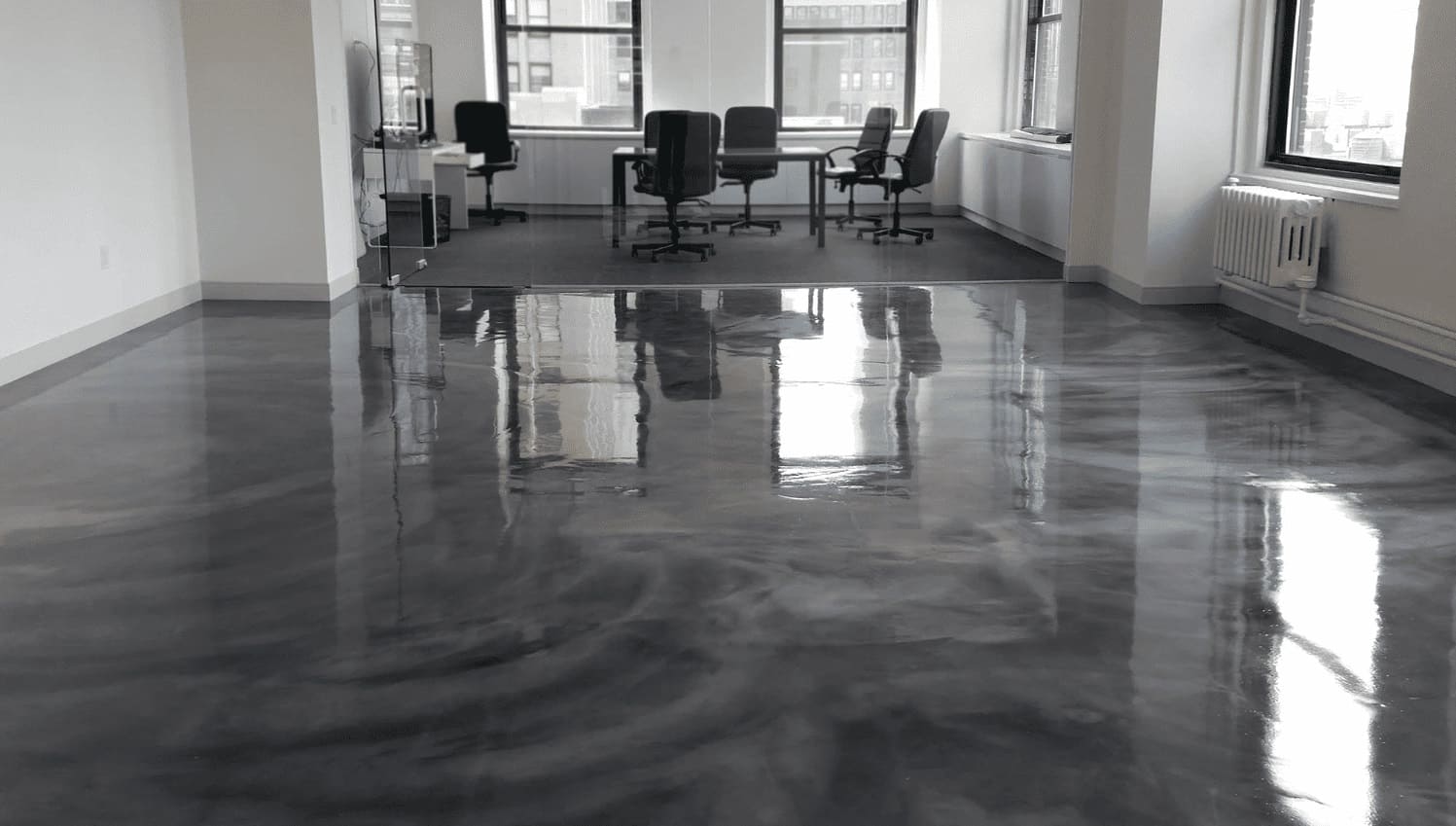
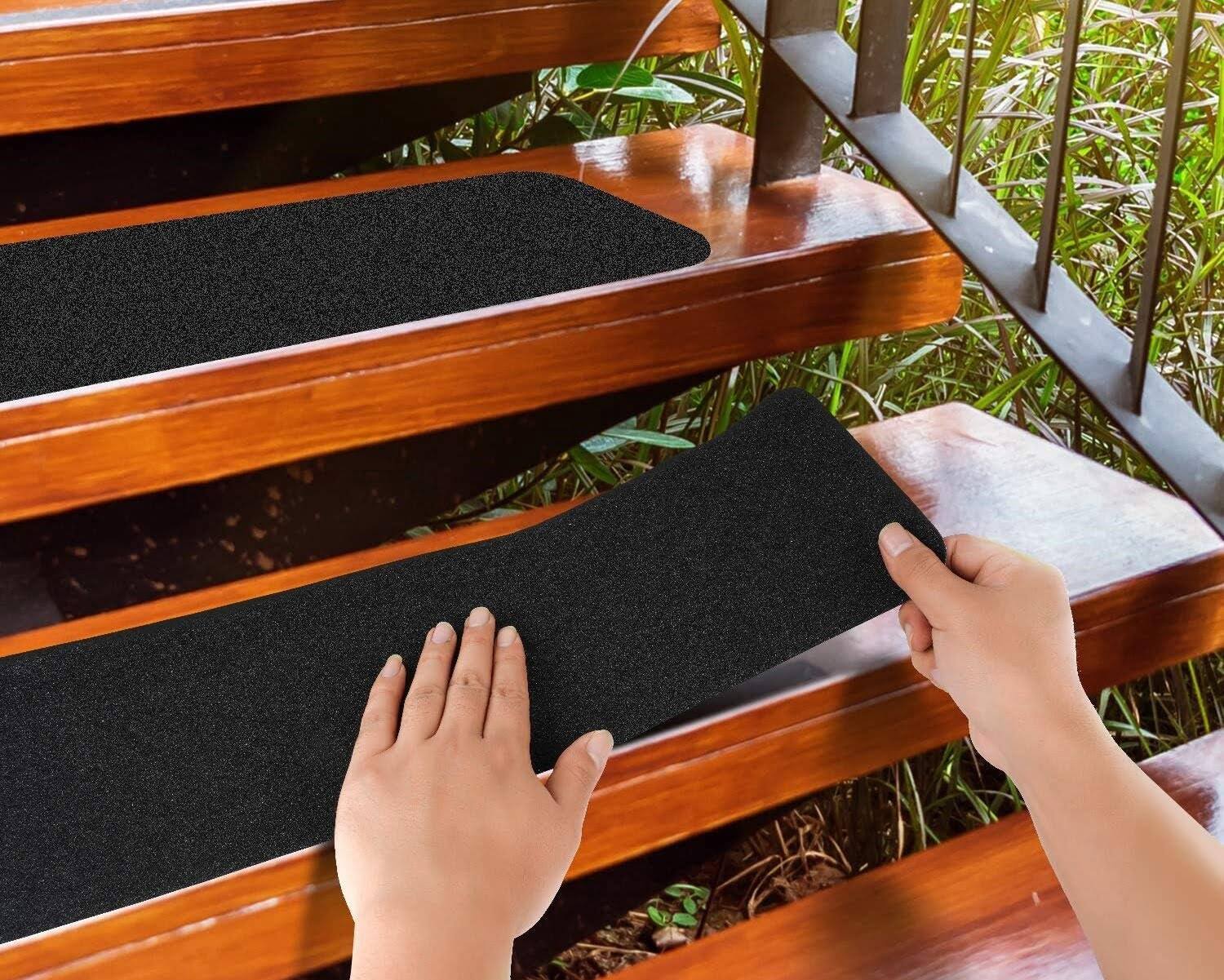
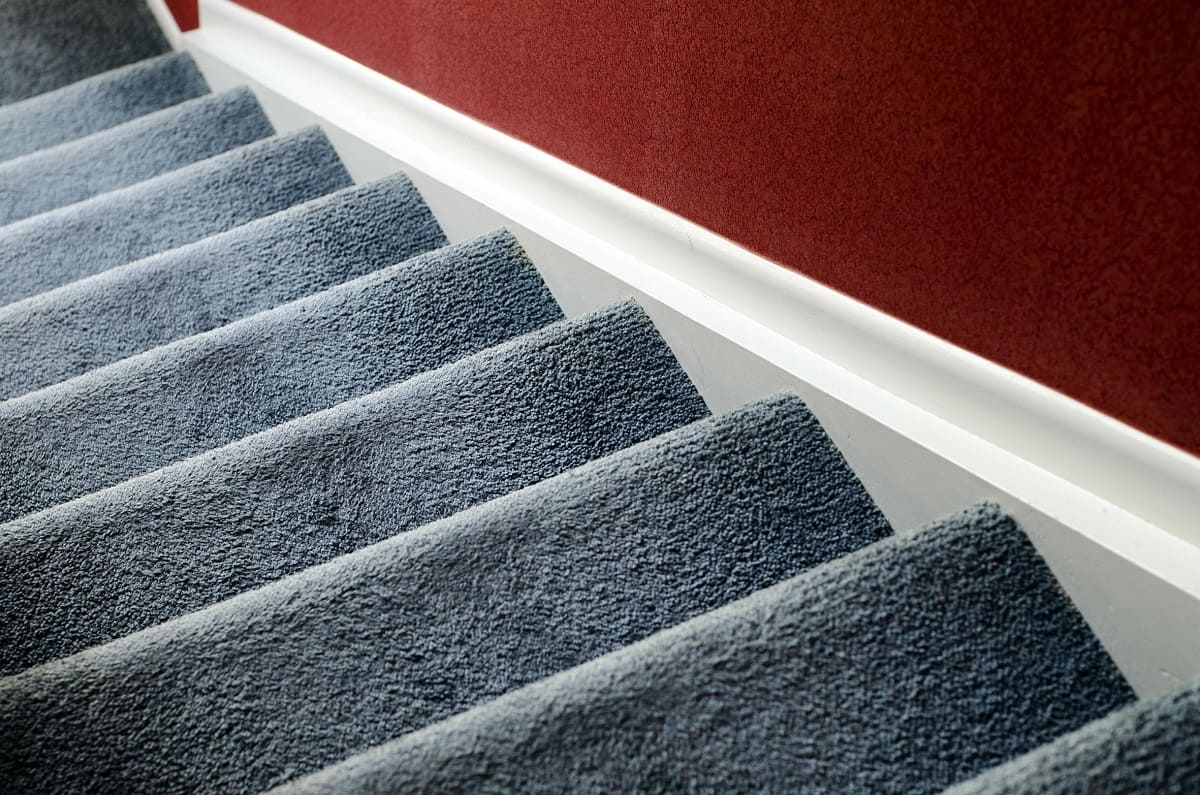
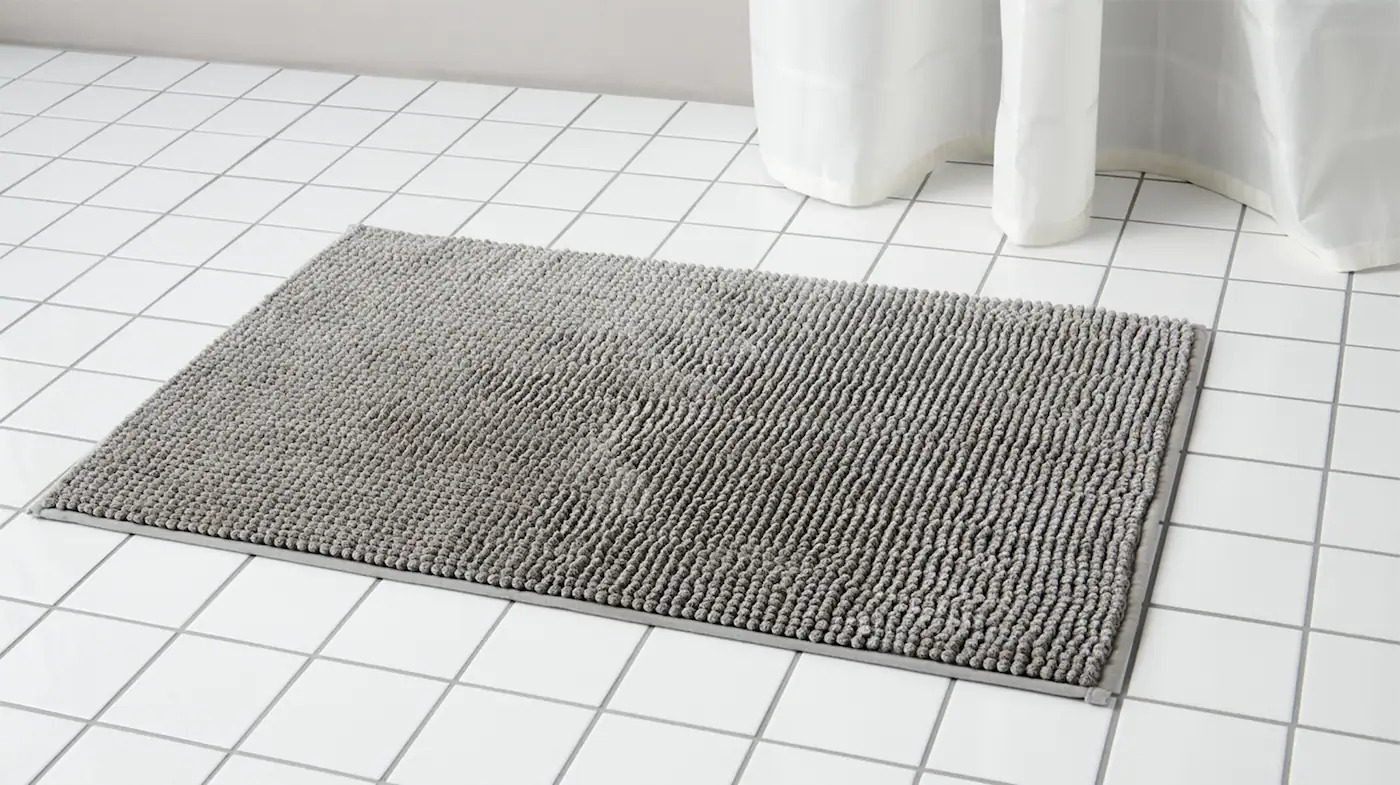
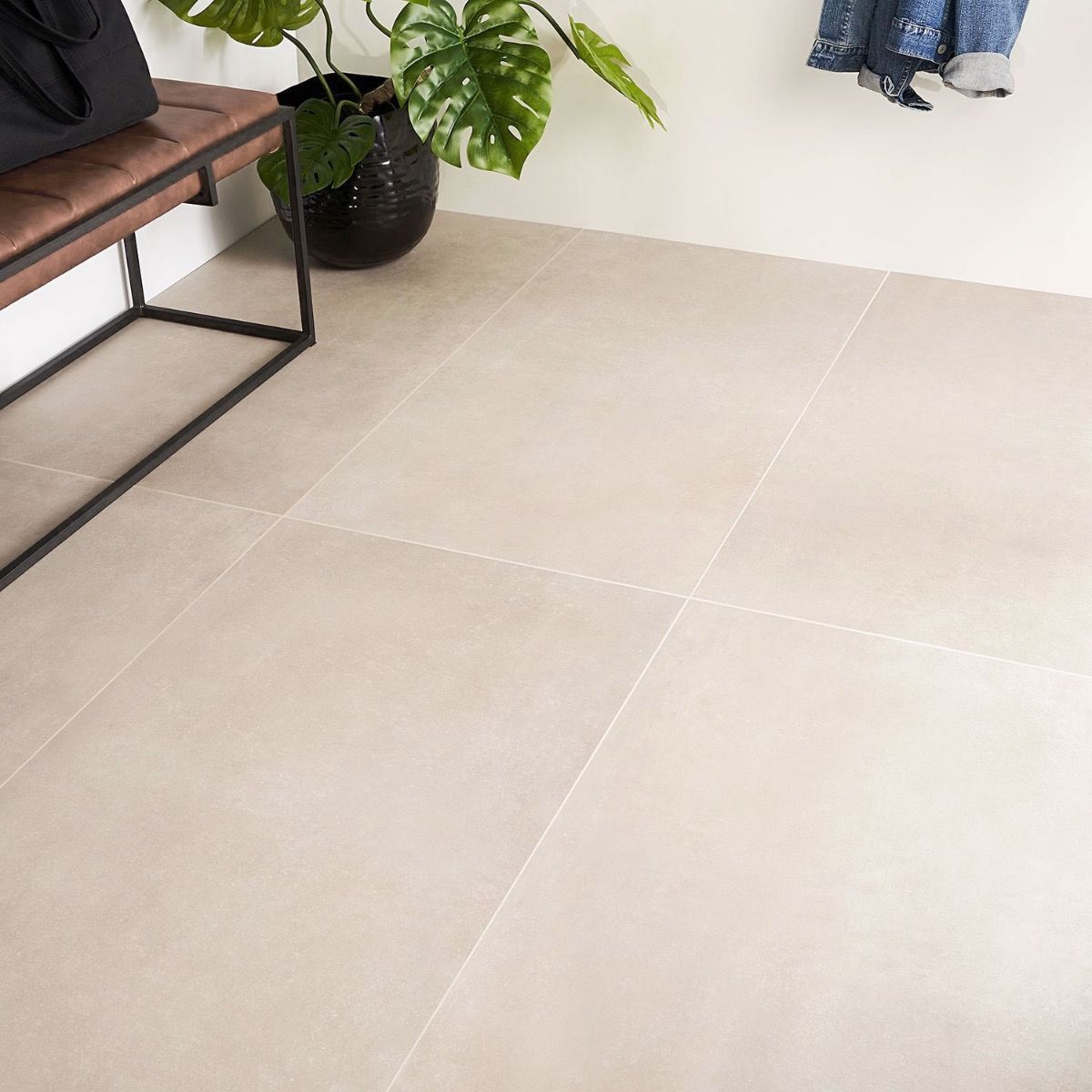
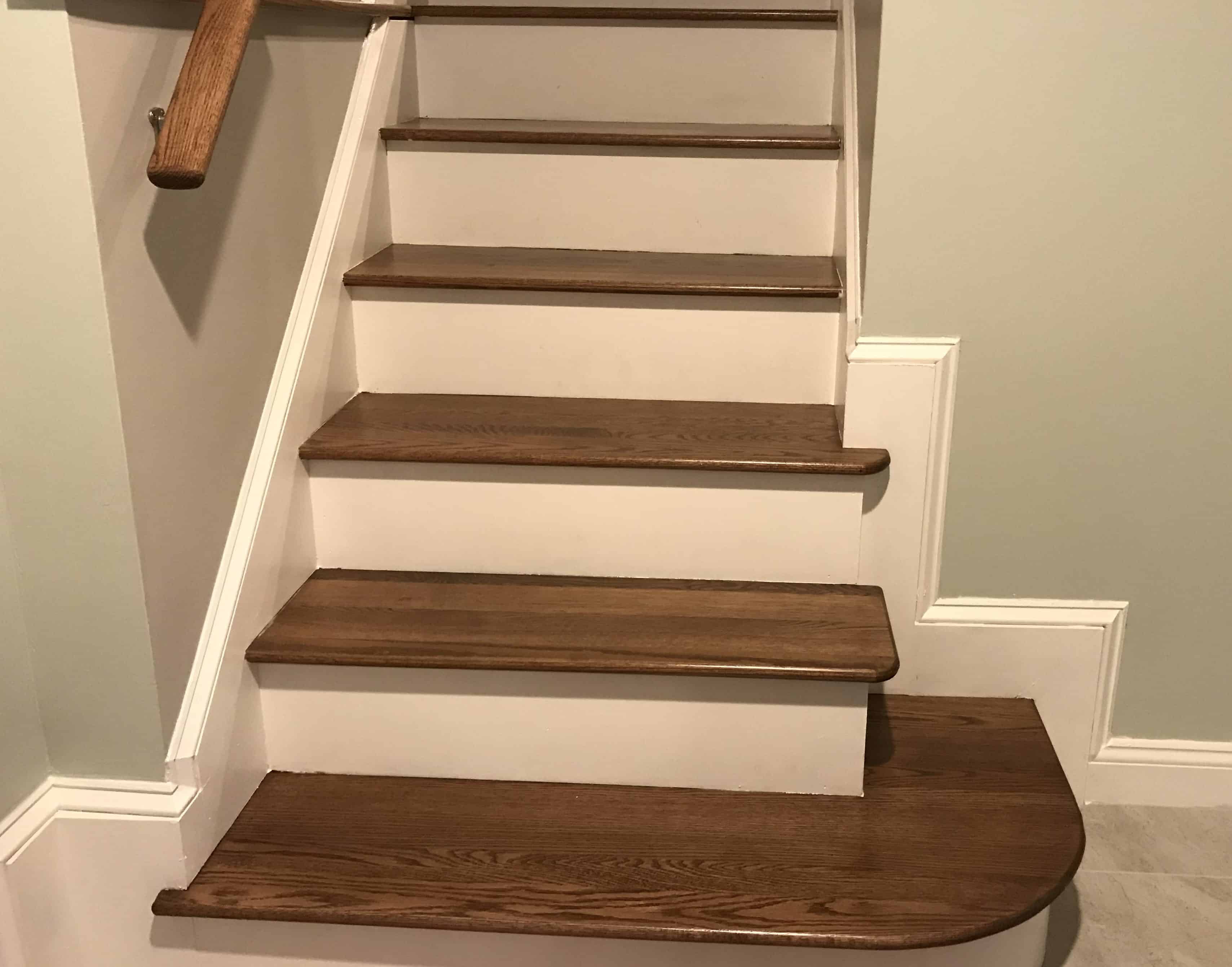
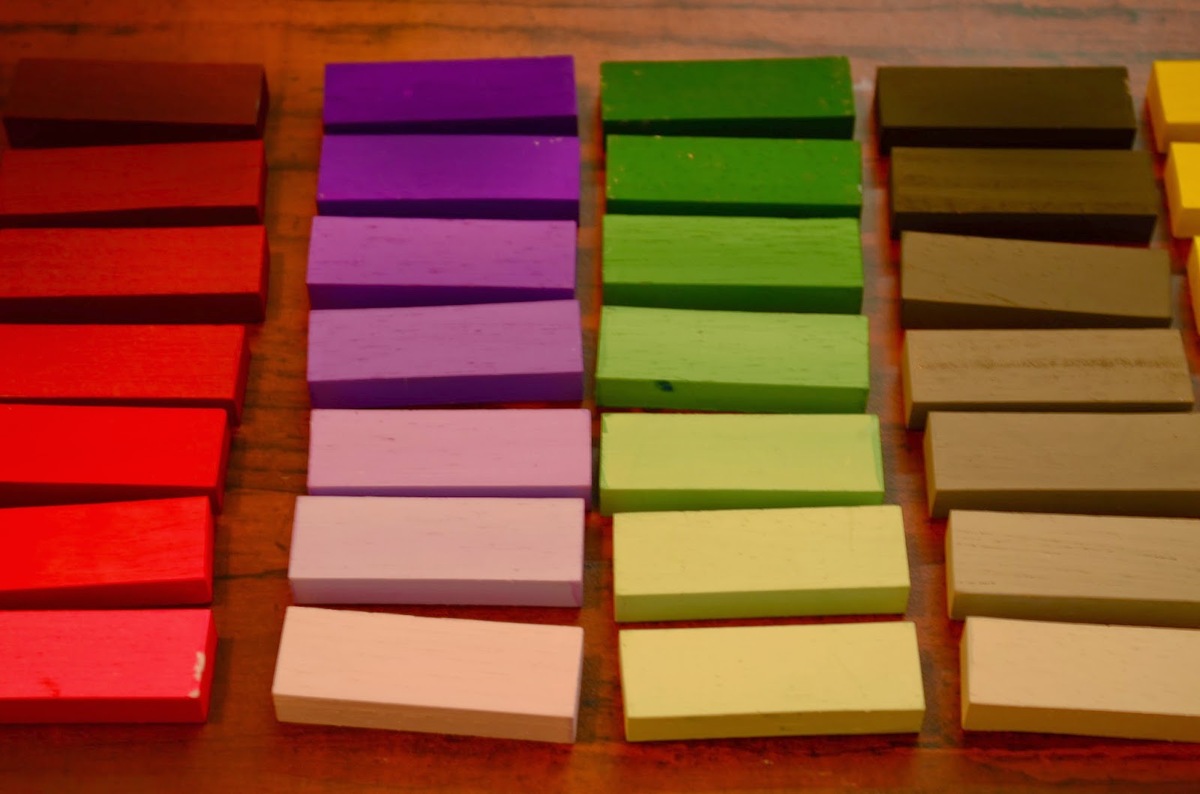
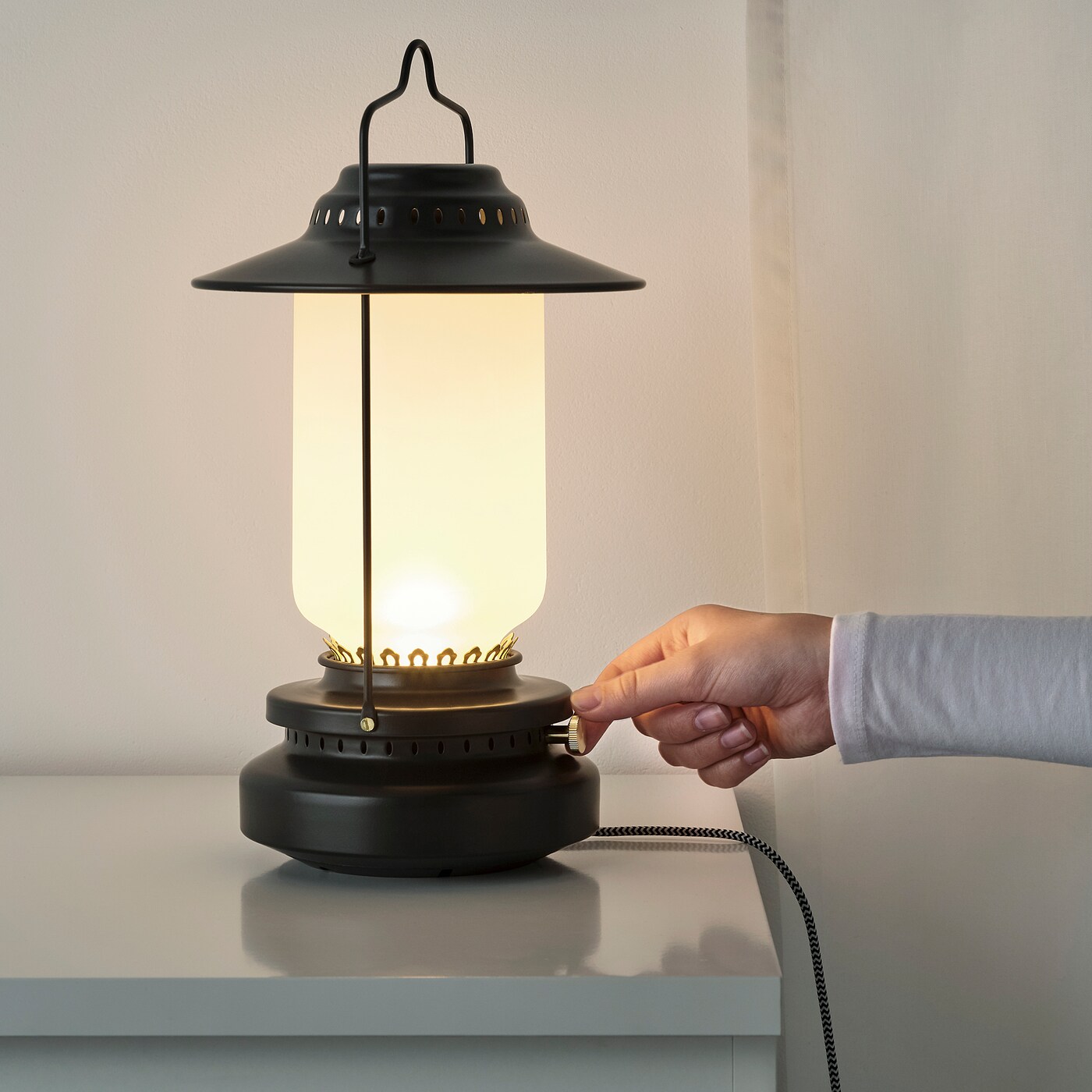
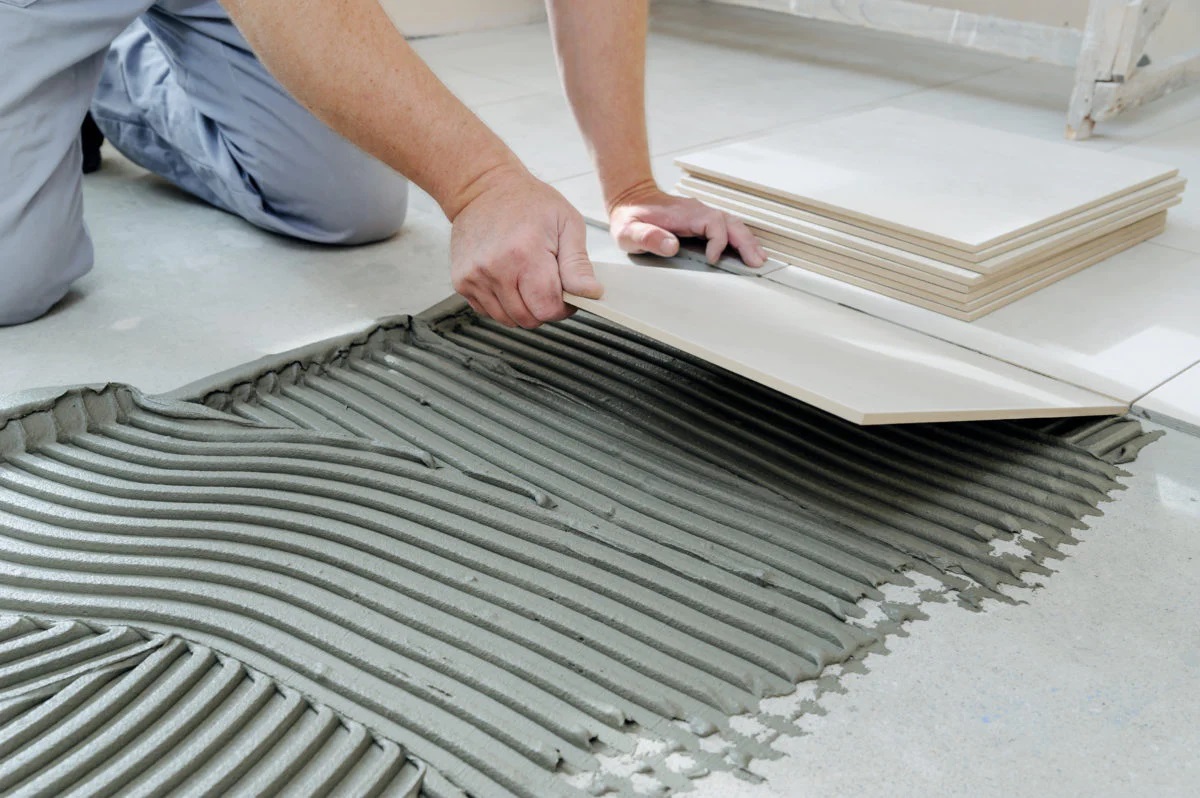
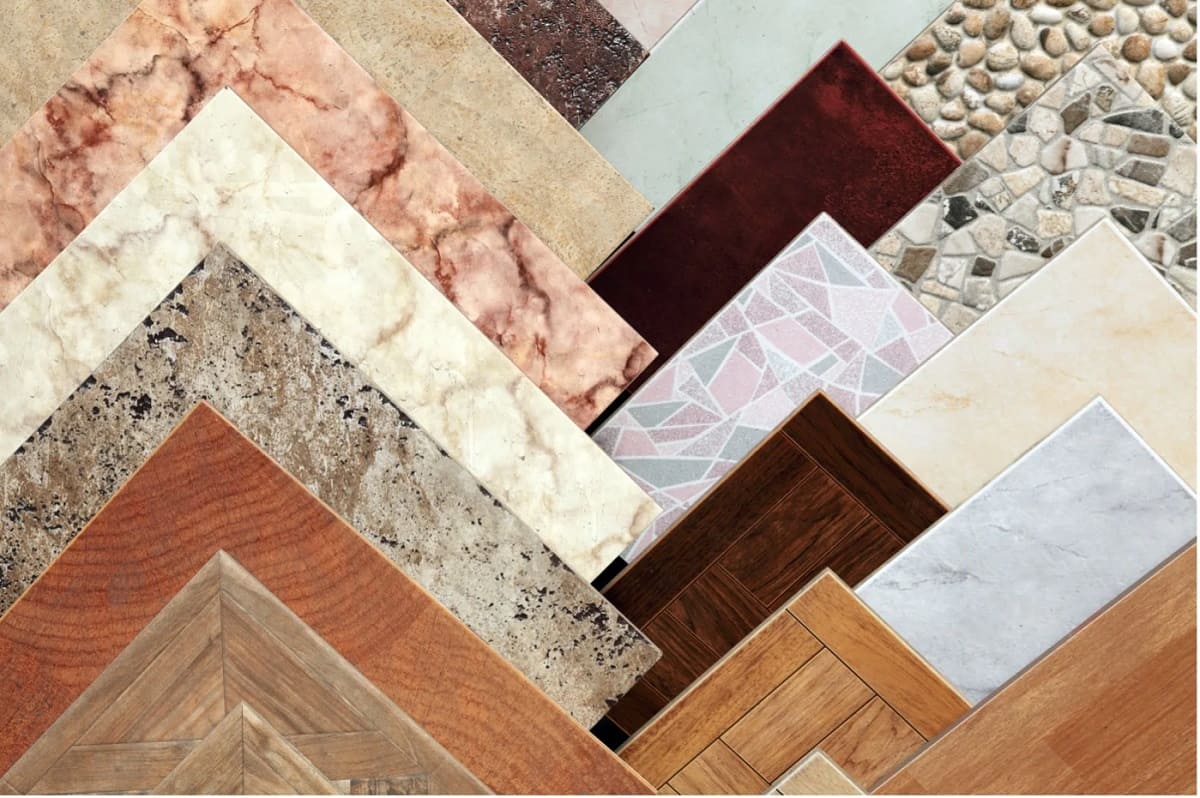
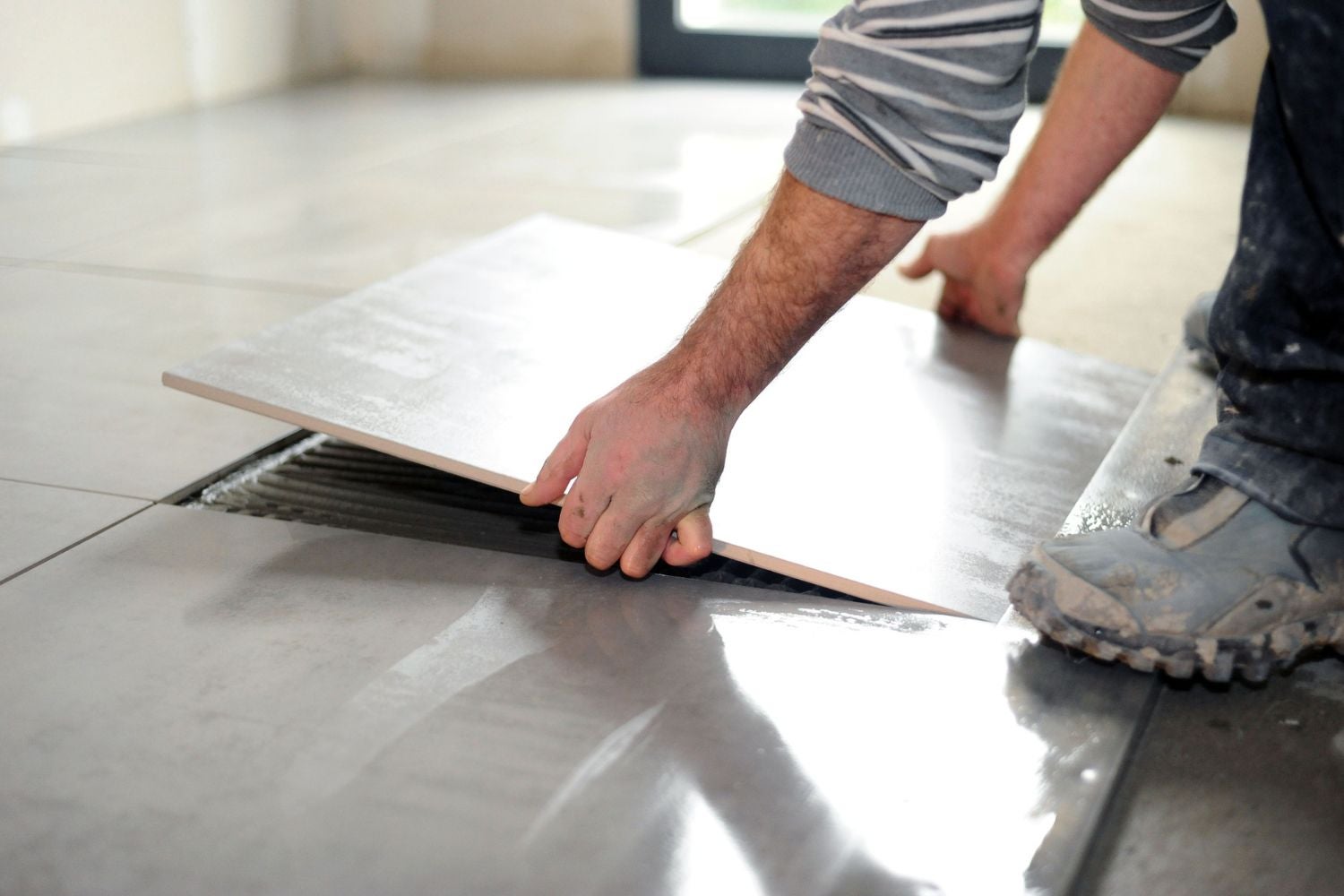
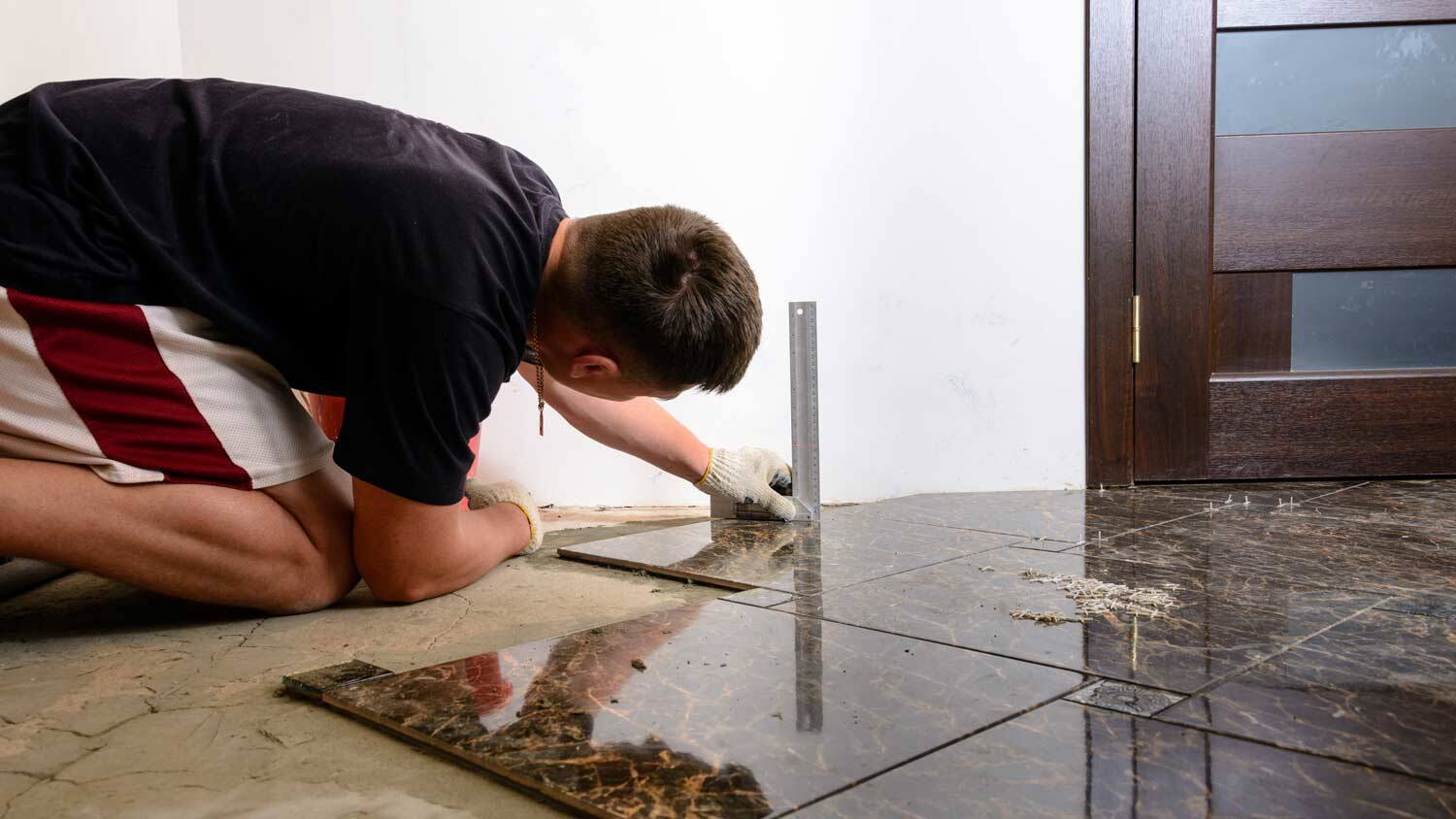
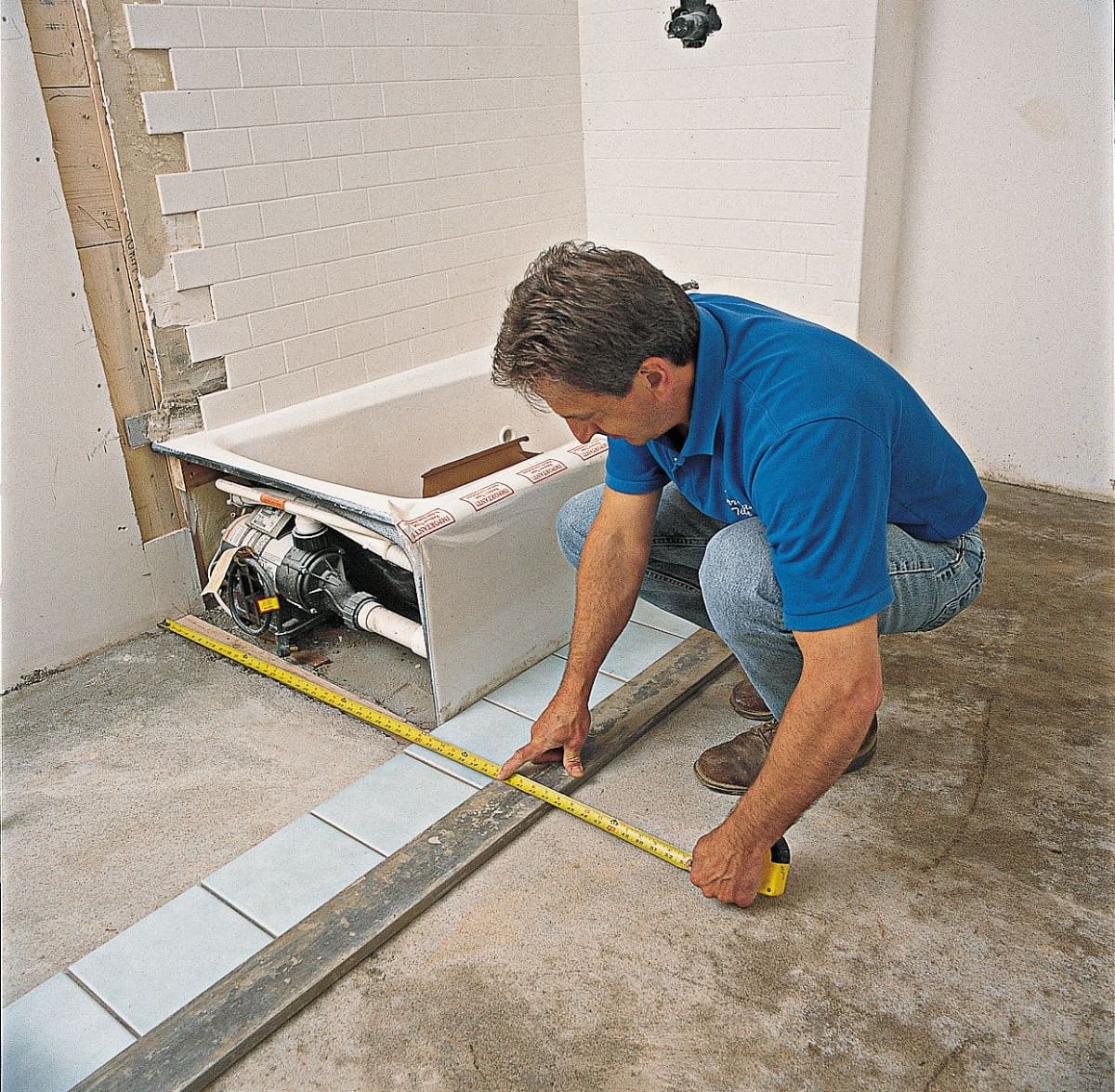
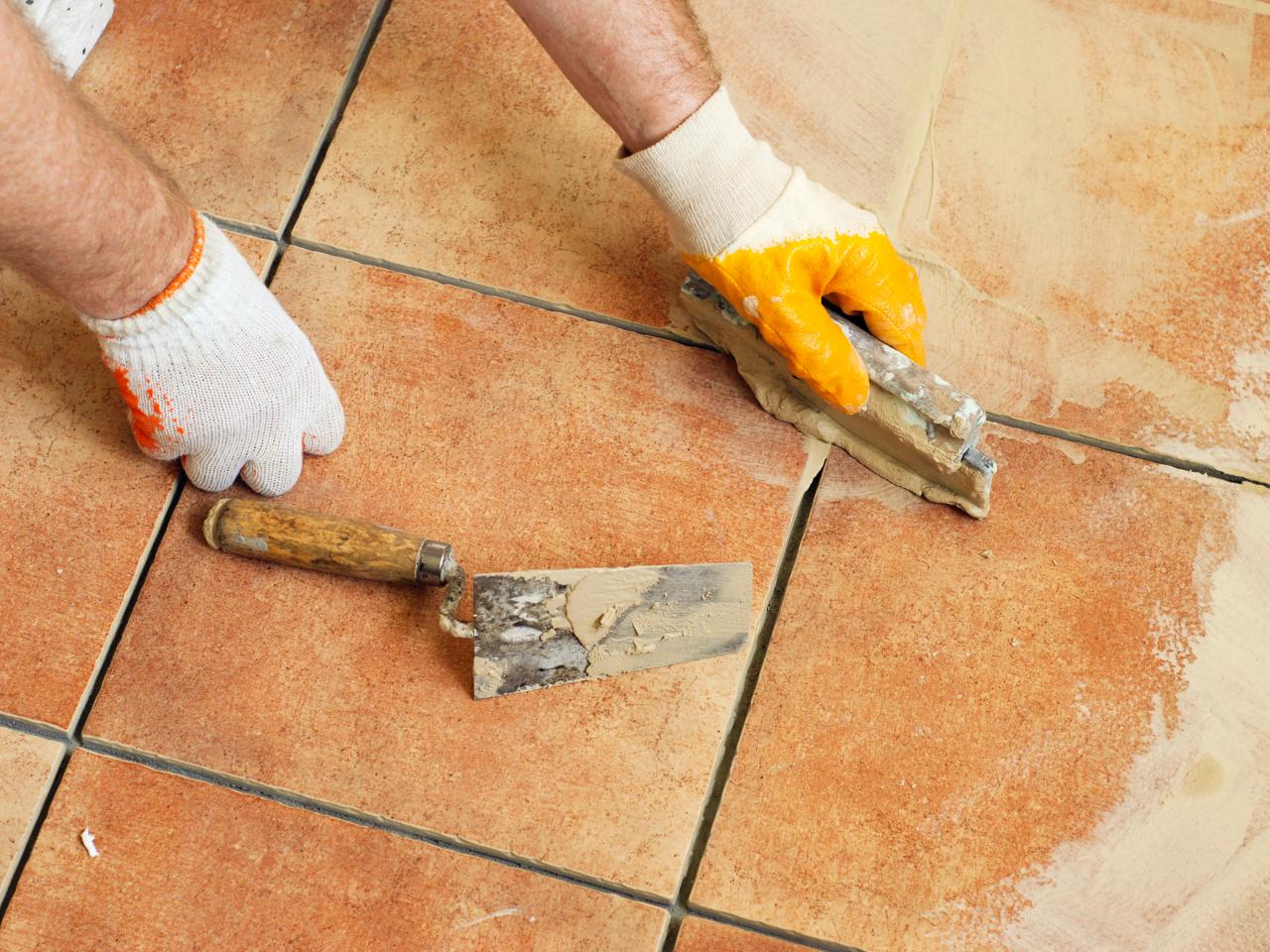

0 thoughts on “How To Make A Tile Floor Less Slippery”